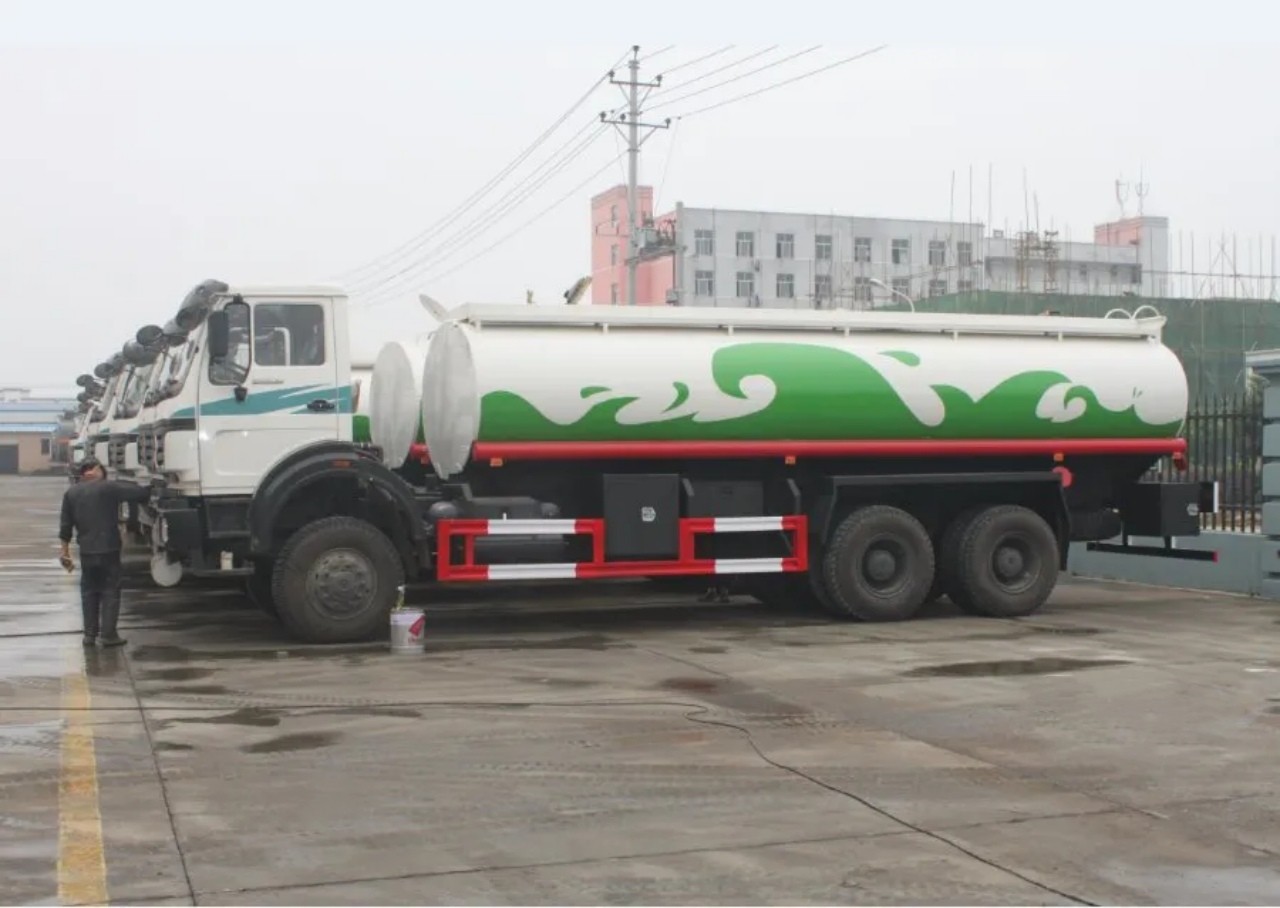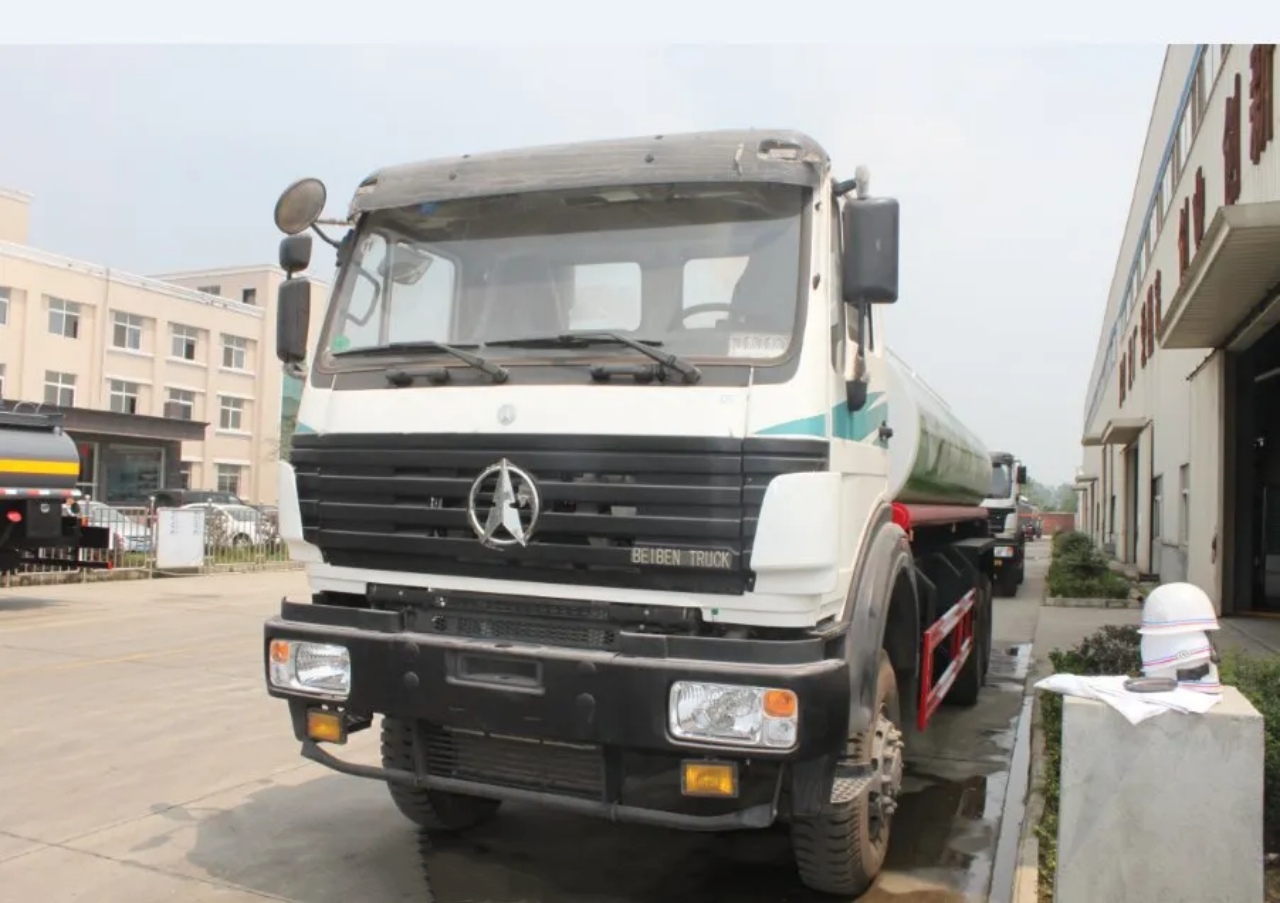Tanker trucks are critical to the global supply chain, transporting vast quantities of liquid cargo, including fuel, chemicals, and food-grade liquids. Among their many uses, one of the most vital is the transportation of diesel fuel. But just how much diesel can a tanker truck carry? The answer depends on various factors, such as the type of tanker, regional regulations, and the specific design of the truck. In this article, we’ll explore the different capacities of diesel tanker trucks, the factors that influence their volume, and considerations for safe transport.
Types of Tanker Trucks and Their Capacities
The capacity of a diesel tanker truck is primarily determined by its size and configuration. There are 3 main categories of tanker trucks commonly used for diesel transport: Small, medium, and large tankers.
1. Small Tanker Trucks (Light-Duty)
Small tanker trucks are often used for local fuel delivery, such as supplying fuel to gas stations in urban areas or delivering to construction sites. These trucks typically have a capacity ranging from 1,000 to 3,000 gallons (3,785 to 11,356 liters). They are built on smaller chassis (such as those used for delivery trucks) and are favored for their maneuverability in tight or congested areas.
2. Medium Tanker Trucks
Medium-sized tanker trucks serve a broader range of delivery applications, both urban and rural. Their capacity usually falls between 3,000 and 5,000 gallons (11,356 to 18,927 liters). They provide a balance between capacity and mobility, often making multiple stops in a single trip.
3. Large Tanker Trucks (Semi-Trailer Tankers)
These are the most common types used for long-distance and bulk diesel transport. They are typically semi-trailers attached to a tractor unit and can hold between 5,000 and 11,600 gallons (18,927 to 43,900 liters) of diesel fuel. In the U.S., for instance, a standard tanker semi-trailer often carries around 7,000 to 9,000 gallons (26,500 to 34,000 liters), depending on regional weight limits and road regulations.
In other countries, like Australia or certain parts of Africa, road trains and super tankers can carry even larger quantities due to less restrictive road weight regulations.
Factors That Affect Tanker Capacity
The amount of diesel a tanker can carry is not just a matter of volume. Several critical factors must be considered:
1. Gross Vehicle Weight Rating (GVWR)
GVWR is the maximum allowable total weight of the truck and its cargo. For diesel tanker trucks, GVWR is heavily regulated to ensure safety on the roads. A tanker cannot simply be filled to the brim with diesel if doing so exceeds its legal GVWR. In the U.S., for example, the federal limit for most roads is 80,000 pounds (36,287 kilograms), including the weight of the truck, trailer, fuel, and driver.
2. Diesel Fuel Density
Diesel fuel is denser than gasoline. At 15°C (59°F), diesel fuel typically has a density of about 0.832 kg/L or 6.94 pounds/gallon (U.S. gallon). This affects how much weight is added per volume of diesel carried. Transport companies must calculate volume loads carefully to avoid exceeding legal weight limits.
3. Tank Configuration
The design of the tanker affects its actual usable volume. Compartments within the tank are common to allow for stability and to prevent the sloshing of fuel during transit. While a tank may be able to hold a theoretical maximum amount, baffles and partitions reduce usable volume slightly. Some tanks also carry multiple fuels, meaning only a portion of the tank is dedicated to diesel.
4. Regional Regulations
Different countries and even states or provinces have unique regulations that influence tanker capacities. For instance, in Europe, axle load limits and vehicle lengths are different than those in the United States, resulting in different common capacities. Similarly, Canadian provinces may allow heavier loads than certain U.S. states.
Real-World Examples of Tanker Capacities
To illustrate how diesel tanker capacities vary, let’s look at a few examples:
- U.S. Standard Fuel Tanker Semi-Trailer:
Holds between 7,000 to 9,000 gallons (26,500 to 34,000 liters) of diesel fuel. Often built with aluminum tanks for weight savings and corrosion resistance. - European Rigid Fuel Tankers:
Due to shorter length regulations, many European tankers are rigid trucks with capacities between 3,000 to 5,000 gallons (11,356 to 18,927 liters). - Australian Road Train Tankers:
In Australia, remote distances and looser regulations allow for huge tankers (often multiple trailers in a road train setup) that can carry up to 18,000 to 30,000 gallons (68,000 to 113,000 liters) of diesel fuel.
Safety and Operational Considerations
Transporting large volumes of diesel fuel comes with several safety and operational challenges:
1. Fire Hazard
Diesel, while less volatile than gasoline, is still flammable. Proper safety features such as grounding during loading/unloading, flame arrestors, and sealed systems are essential.
2. Sloshing and Stability
Fuel sloshing inside a tank can affect vehicle stability. Tankers use baffles or separate compartments to reduce the free movement of fuel during transit.
3. Spill Prevention
Regulations require that tanker trucks have features to prevent spills, such as emergency shut-off valves, vapor recovery systems, and spill containment designs.
4. Driver Training
Drivers of diesel fuel tankers must undergo specialized training in hazardous materials transport (HAZMAT), spill response, and emergency procedures.
Summary
So, how much diesel does a tanker truck hold? It depends on the truck’s size, design, and regional regulations. Here’s a quick summary:
| Tanker Type | Capacity (U.S. Gallons) | Capacity (Liters) |
|---|---|---|
| Small Tanker Truck | 1,000 – 3,000 | 3,785 – 11,356 |
| Medium Tanker Truck | 3,000 – 5,000 | 11,356 – 18,927 |
| Large Tanker Semi-Trailer | 5,000 – 11,600 | 18,927 – 43,900 |
| Road Train Tankers (Australia) | 18,000 – 30,000 | 68,000 – 113,000 |
In conclusion, diesel tanker trucks are built to balance the maximum possible fuel volume with weight restrictions, road safety standards, and fuel stability concerns. Whether delivering to a local station or transporting fuel across long distances, understanding the capacity and design of diesel tankers is essential for safe and efficient operations.




